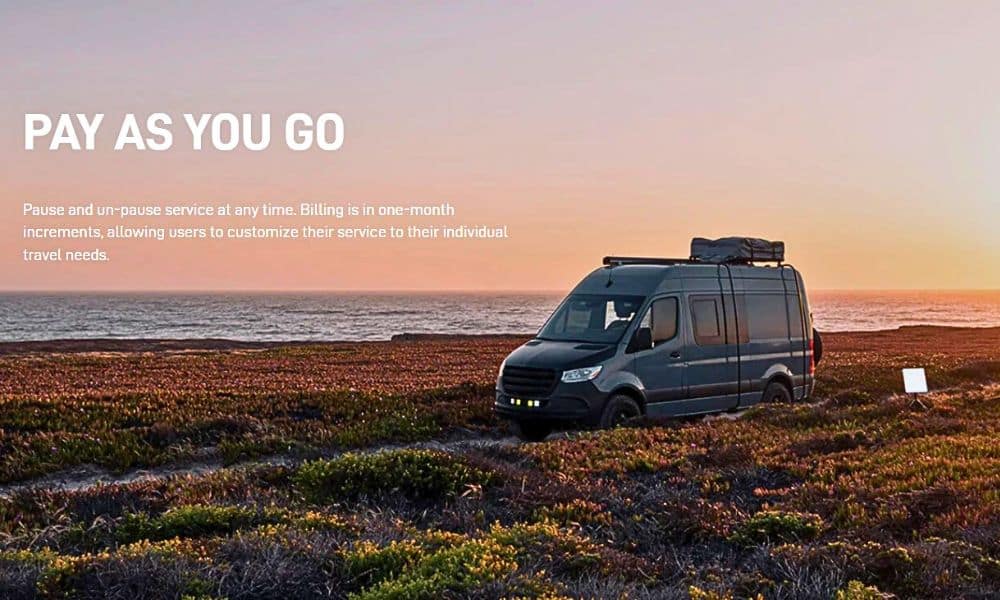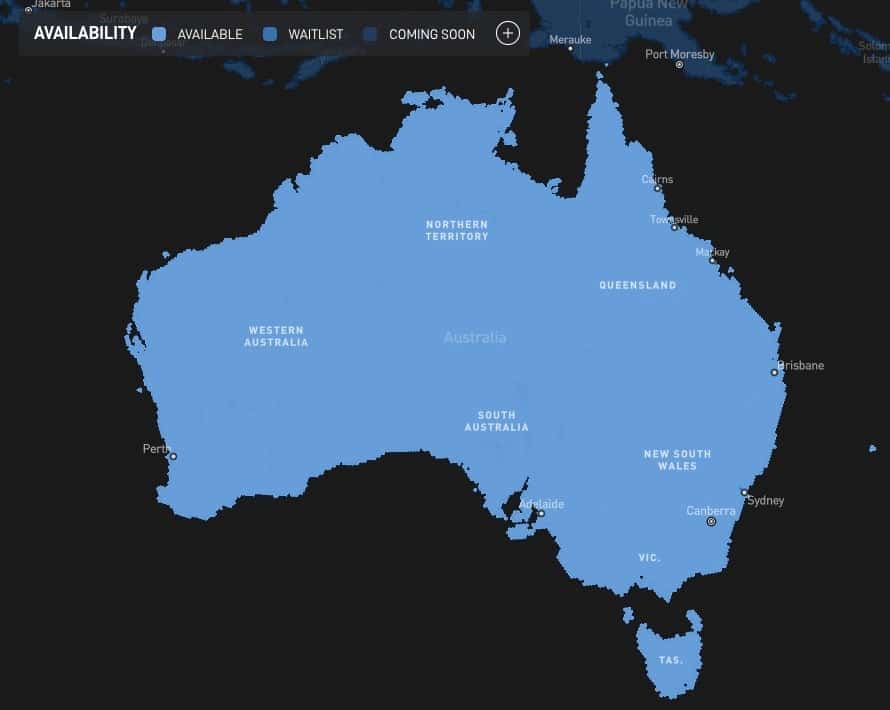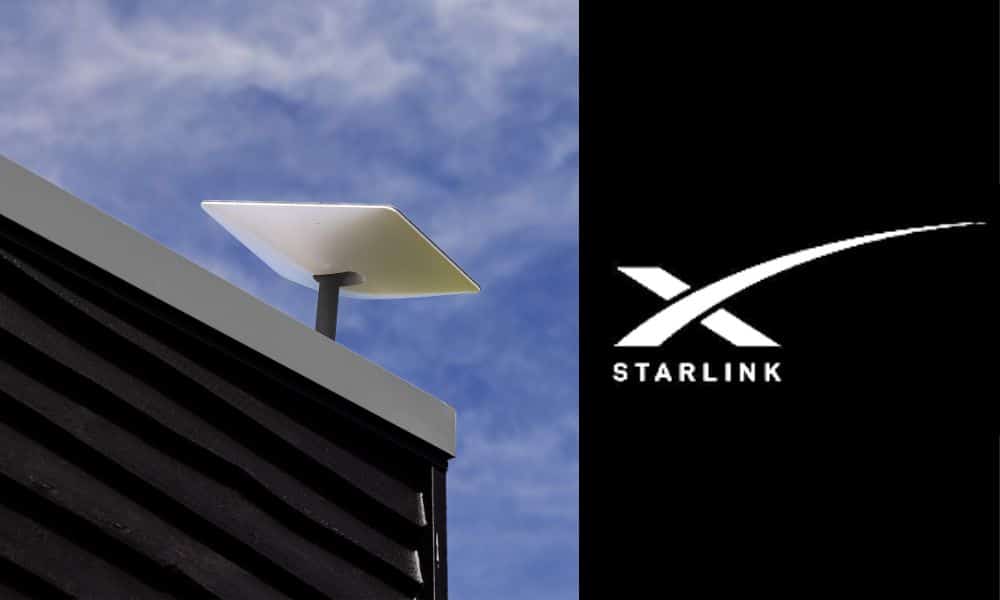Reliable and fast internet connectivity has become essential to modern life in an increasingly interconnected world. While widely available in urban areas, traditional broadband services often fall short in rural and remote regions. This digital divide has been a longstanding challenge, but a promising solution has emerged in the form of Starlink Internet. Starlink Australia plans are a good option for people who live in rural or remote areas and need a fast, reliable internet connection.
Attention, savvy consumers! Are you tired of overpaying for your internet services? Are you searching for the perfect internet plan that fits your needs without breaking the bank?
Look no further because Energy Matters have the solution for you: Compare and Save Internet Plans – absolutely FREE! No obligation to sign up and it’s 100% free to use! Our user-friendly tool empowers you to compare a wide range of options, unlock incredible savings and transform your internet experience. Visit our website now and take the first step towards a brighter, more affordable online journey!
What is Starlink?
Starlink is a revolutionary satellite internet constellation project initiated by SpaceX, the aerospace manufacturer and space transportation company founded by Elon Musk. The project’s primary goal is to provide global broadband internet access by deploying a vast network of small satellites in low Earth orbit.
Traditional internet infrastructure relies on a network of ground-based towers and cables, limiting its accessibility in rural and remote locations. Starlink seeks to overcome this limitation by using a constellation of satellites that orbit the Earth at much lower altitudes than traditional communication satellites. This enables the delivery of high-speed, low-latency internet service to virtually every corner of the planet.
How does Starlink work?
Starlink uses a constellation of low-Earth orbit (LEO) satellites to deliver internet to users. This contrasts with traditional satellite internet providers, which use geostationary satellites that orbit the Earth much further away. LEO satellites have a number of advantages over geostationary satellites, including lower latency and the ability to provide better coverage in remote areas.
Starlink is still in beta testing but has already achieved impressive results. In Q3 2021, Ookla, a global internet performance company, found that Starlink outperformed both satellite and fixed-line median broadband speeds in most countries. The company also found that Starlink’s average download speed in Australia was 138.12Mbps.
Starlink Australia: Satellite internet plans, prices, and speeds
Starlink is currently available in limited areas of Australia. However, SpaceX plans to expand coverage to the entire country in the coming years.
How much does Starlink cost in Australia?
Starlink in Australia costs $139 per month for unlimited data. There is also a one-time equipment fee of $924.
If you are looking for a high-speed, reliable internet connection in a rural area, Starlink is a good option. However, it is important to note that Starlink is still in beta testing, so there may be some occasional downtime or performance issues.
What is Starlink Business?
Signing up for Starlink Business, which has higher rates than the residential version, is an option for businesses considering Starlink. In addition to the recurring monthly expense of $374 for the Starlink internet service, you will also need to pay an upfront fee of $3,740 for hardware and $155 for shipment.
Here is a table comparing Starlink to other popular internet providers in Australia:
Provider | Speed | Latency | Data | Price |
Starlink | Up to 100 Mbps download, 20 Mbps upload | 20-40 ms | Unlimited | $139 per month |
NBN | Up to 100 Mbps download, 50 Mbps upload | 10-20 ms | 1000GB or 2000GB | Varies by plan (estimate price $75-$100 per month) |
Optus Cable | Up to 100 Mbps download, 20 Mbps upload | 10-20 ms | 500GB, 1TB, or unlimited | $99-$159 per month |
Telstra Cable | Up to 100 Mbps download, 20 Mbps upload | 10-20 ms | 500GB, 1TB, or unlimited | $99-$159 per month |
Advantages of Starlink Internet
- Fast speeds: Starlink aims to deliver high-speed internet comparable to or even surpass traditional broadband services in urban areas. Early users have reported impressive download and upload speeds, transforming their online experiences. Starlink can deliver speeds of up to 100Mbps, which is faster than many fixed-line NBN connections.
- Low latency: Unlike traditional satellite internet, which often suffers from high latency due to the long distances signals must travel, Starlink’s satellite constellation orbits much closer to Earth, significantly reducing latency. This makes activities like online gaming, video conferencing, and real-time applications smoother and more responsive. Starlink has a latency of around 20ms, comparable to fixed-line NBN connections.
- Wide coverage/Scalability: As the Starlink constellation expands, its capacity to serve more users simultaneously grows. This scalability is crucial for meeting the increasing demand for internet connectivity, especially in densely populated areas.
- No data caps: Starlink offers unlimited data, so you can stream, game, and work without worrying about running out of data.
Challenges and future prospects
- Expensive: Starlink is more expensive than traditional satellite internet providers.
- Not yet available everywhere: Starlink is still in beta testing, so it is not yet available in all parts of Australia.
- Requires a clear view of the sky: Starlink requires a clear view of the sky to work. This may not be possible in some areas, such as those with tall trees or buildings.
While Starlink holds tremendous potential, it also faces several challenges. Critics have raised concerns about the sheer number of satellites in orbit, potential light pollution, and the impact on astronomical observations. SpaceX is actively working on mitigating these issues through satellite design modifications and collaboration with the scientific community.
Looking ahead, the success of Starlink could redefine the global internet landscape. As the constellation continues to expand and mature, it has the potential to bridge the digital divide, stimulate economic growth in underserved regions, and enable innovative technologies that rely on seamless connectivity.
Experience a new level of energy savings with Energy Matters Marketplace – your one-stop shop for renewable energy products and more whether you’re looking for solar panels, battery storage or outdoor or indoor products.
Starlink vs wireless NBN speed
Starlink uses a constellation of low-orbit satellites to deliver internet to its customers, while wireless NBN uses a combination of fixed wireless and satellite technology. This means Starlink can typically offer faster speeds than wireless NBN, with download speeds ranging from 20Mbps to 100Mbps. However, Starlink also has higher latency, making it less ideal for gaming and other activities requiring real-time communication.
How does this compare to NBN Sky Muster satellite plans?
Starlink uses a constellation of low-Earth orbit satellites to provide its service, while NBN Sky Muster uses two geostationary satellites. This means that Starlink can offer faster speeds and lower latency than NBN Sky Muster. Starlink also has no data caps, while NBN Sky Muster plans have data caps that range from 100GB to 2TB per month.
However, Starlink is more expensive than NBN Sky Muster. The Starlink kit costs $999 plus a monthly subscription of $139. NBN Sky Muster plans start at $34.95 per month, plus a one-off connection fee of $99.
Ultimately, the best satellite internet provider for you will depend on your individual needs and budget. If you need fast and reliable internet for gaming or streaming video, then Starlink is the better option. However, NBN Sky Muster may be a better choice if you are on a budget.

Starlink vs 5G home internet
Starlink is a satellite internet service that uses a constellation of low-earth orbit satellites to provide internet access to rural and remote areas. It offers download speeds of up to 200 Mbps and latency of 20-35 milliseconds. However, Starlink is still in its early stages of development, and its coverage is not yet as widespread as 5G.
5G home internet is a wireless internet service that uses the fifth generation of cellular network technology. It offers download speeds of up to 1 Gbps and latency of 1 millisecond. 5G is available in more areas than Starlink, but it can be more expensive and its speeds can be affected by factors such as distance from the cell tower and weather conditions.
Ultimately, your best choice will depend on your needs and circumstances. Starlink may be a good option if you live in a rural or remote area and need reliable internet access. If you live in a city with good 5G coverage and need the fastest possible speeds, 5G home internet may be a better choice.
How can I check Starlink coverage in my area?
To check if Starlink is available in your area, you can visit the Starlink website and enter your address. The website will then show you an estimated availability date for Starlink service in your area.
In addition to the website, you can also check Starlink coverage using the Starlink app. The app is available for iOS and Android devices. Once you have downloaded the app, you can enter your address to see if Starlink is available in your area. The app will also show you a map of Starlink coverage in your area.

How many Starlink satellites are there?
As of August 16, 2023, there are 4,519 Starlink satellites in orbit. Of these, 4,487 are operational and 32 are inoperable. SpaceX has launched over 2,400 Starlink satellites since 2019, and the company plans to eventually deploy up to 42,000 satellites in orbit. Starlink satellites are designed to provide high-speed internet access to people around the world, and the constellation is already providing service to over 1 million customers in 25 countries.
Starlink internet: Groundbreaking advancement in the realm of global connectivity
Starlink Internet represents a groundbreaking advancement in the realm of global connectivity. By leveraging a constellation of small satellites orbiting closer to Earth, it promises to provide fast, reliable, and low-latency internet access to remote and underserved areas. As the project continues to evolve, it has the potential to revolutionise how we access and utilise the internet, paving the way for a more interconnected and inclusive world.
Switching to a better energy plan?
You may already have an energy plan but want more power or to shop for a better deal.
Energy Matters‘ Free Energy Bill Comparator” is a cutting-edge energy bill tool that compares your area’s most competitive retail offers. We collect the data from our wide range of trusted retailers, allowing you to decide on the switching plan and find the best deal for your needs.
If your goal is to get more electricity and minimise the cost of your gas and electricity bills, switch to a better plan now!











































